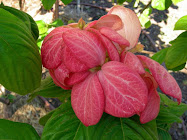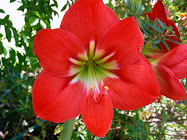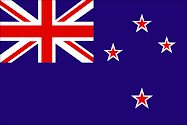Tuesday 9 January
Taniwha
Taniwha are supernatural creatures and in the Māori world view they were seen as part of the natural environment. Taniwha have been described as fabulous monsters that live in deep water. Others refer to them as dragons. Taniwha were either male or female. They usually lived in or near the water – lakes, rivers or the sea. They hid in lairs known as rua taniwha, which could be deep pools, caves, or dangerous waterways – areas that people avoided.
In some traditions, taniwha were terrifying creatures that captured people and ate them. Occasionally, it was said that they would kidnap women to live with them as wives. These monsters would inevitably be killed and the women returned to their families.
Taniwha Tablet
This stone tablet was near the taniwha in the first photo.
Taniwha and Chiefs
Taniwha were also a symbol for great chiefs. There is a proverb from Waikato:
Waikato taniwha rau, he piko he taniwha.
Waikato of a hundred taniwha, every bend a taniwha
For some this refers to the many taniwha of the Waikato River, while for others it is about the many important chiefs of the area.
Waikato River
The Waikato River, the longest in New Zealand, rises on the slopes of Mount Ruapehu in Tongariro NP as the Tongariro River, it then flows north through Lake Taupo and, issuing from the lake's north eastern corner, tumbles over Huka Falls and flows northwest to enter the Tasman Sea south of Auckland. The river is 425 km in length, and has a gentle gradient and carries a heavy load of ash from the volcanic highlands. The Waikato has formed numerous lakes and lagoons along its lower reaches.
Origin of the name
The name Waikato originated during the voyage of the Tainui canoe, which had journeyed from Polynesia. Arriving just off the mouth of the river, the crew remarked upon the kato (the pull of the river current in the sea) and thereafter the name Waikato (wai meaning water) was given to the river.
Tēnā koutou katoa
This is all about New Zealand - Aotearoa - and the time I spent there. Magical times, beautiful scenery, gushing geysers, thermal wonderlands. Hear about Waitangi Day, discover the meaning of the word "Aotearoa", see the Glaciers, read about hangis and Hakas, and visit the beautiful Bay of Islands. So come with me on a journey - a journey to The Land of The Long White Cloud.
Kia ora
CHRISTCHURCH EARTHQUAKE TRIBUTE 2011
Kia ora
Watch The Haka
Subscribe to:
Post Comments (Atom)











No comments:
Post a Comment